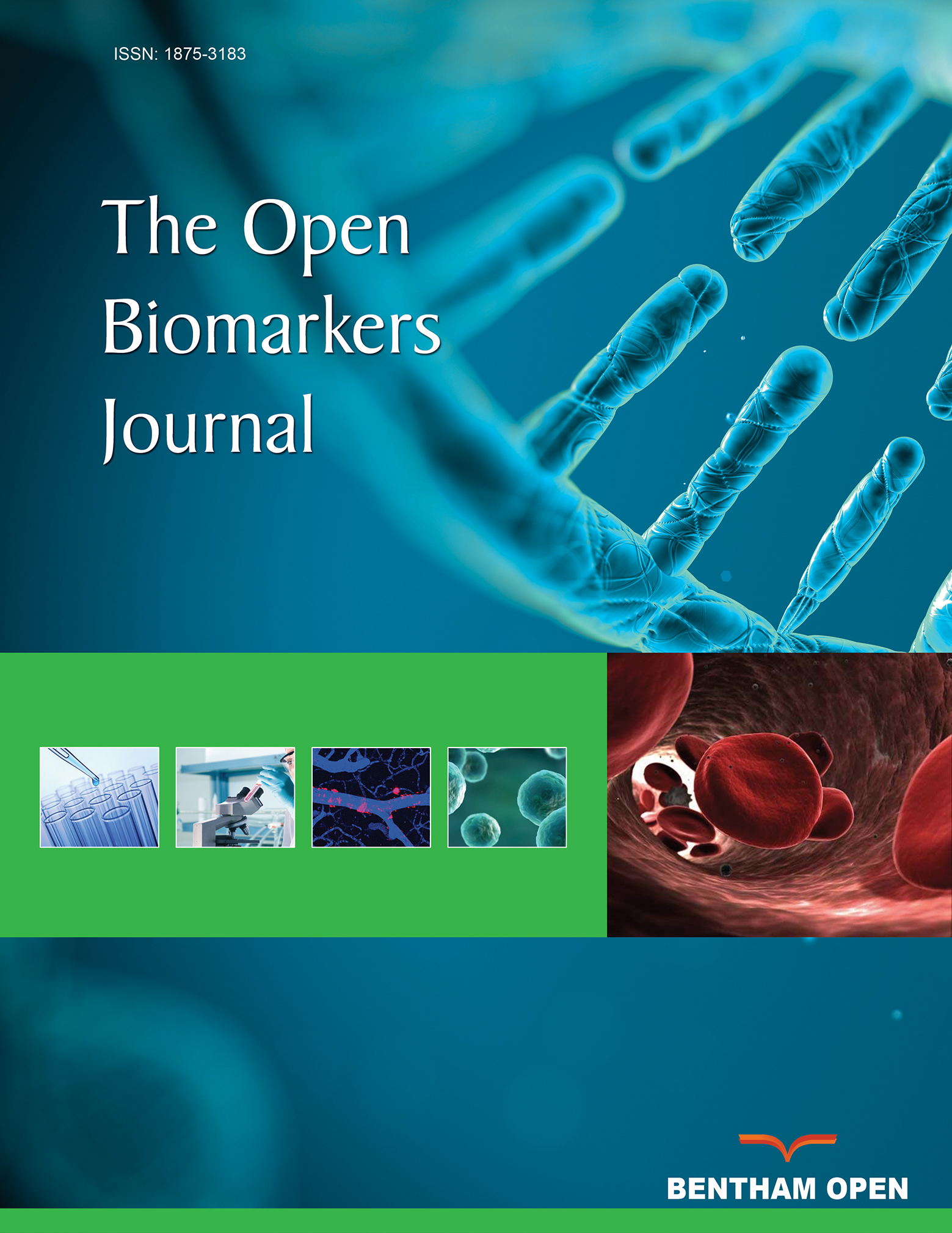All published articles of this journal are available on ScienceDirect.
Quantitative Analysis of the Expression of Human N-myristoyltransferase 1 (hNMT-1) in Cancers
Abstract
Human N-myristoyltransferase 1 (hNMT-1) catalyzes the covalent attachment of myristic acid to N-terminal glycine residues (myristoylation) of numerous protein substrates. Overexpression of hNMT-1 in colorectal and gallbladder cancers makes it a potential biomarker and drug design target for such cancers. In this study, we investigated hNMT-1 expression during the progression of eight different human cancers using quantitative RT-PCR. The study results showed that hNMT-1 was up-regulated in breast, colon, lung and ovarian cancers but not kidney, liver, prostate and thyroid cancers. This suggests a role for hNMT-1 as a biomarker for detection of breast, colon, lung and ovarian cancers. This study also suggests the available hNMT-1 inhibitors may be potential therapeutic agents against breast and lung cancers through all disease stages, although their use would likely be limited to early stage colon and ovarian cancers.


